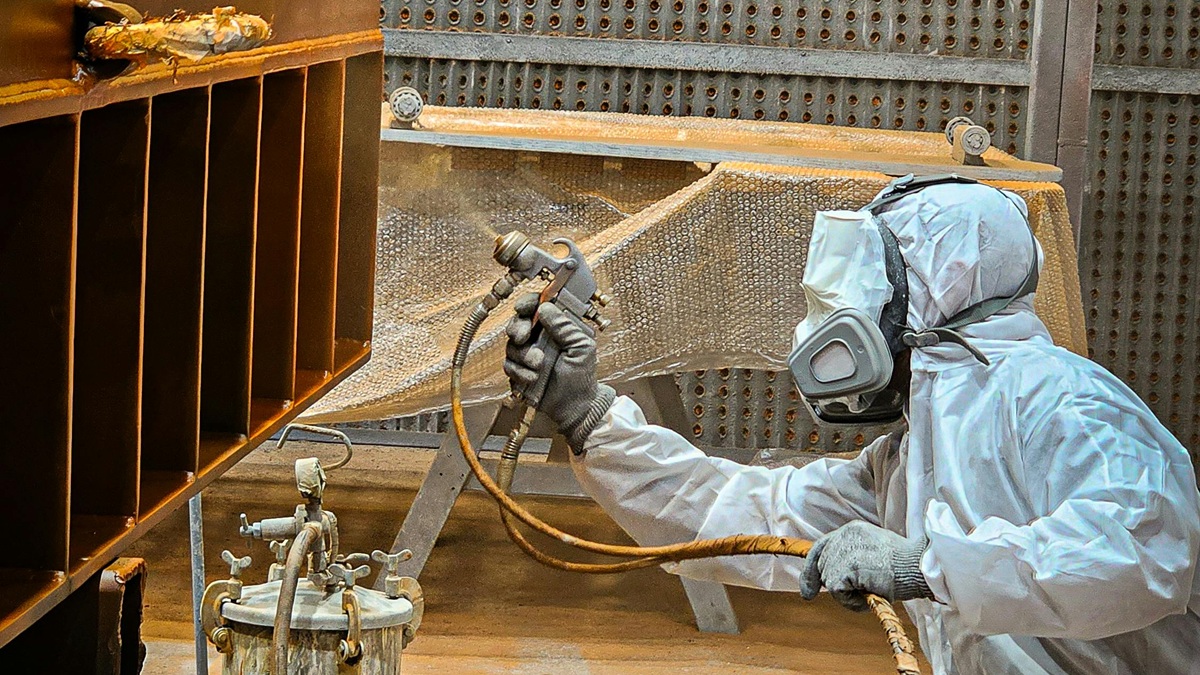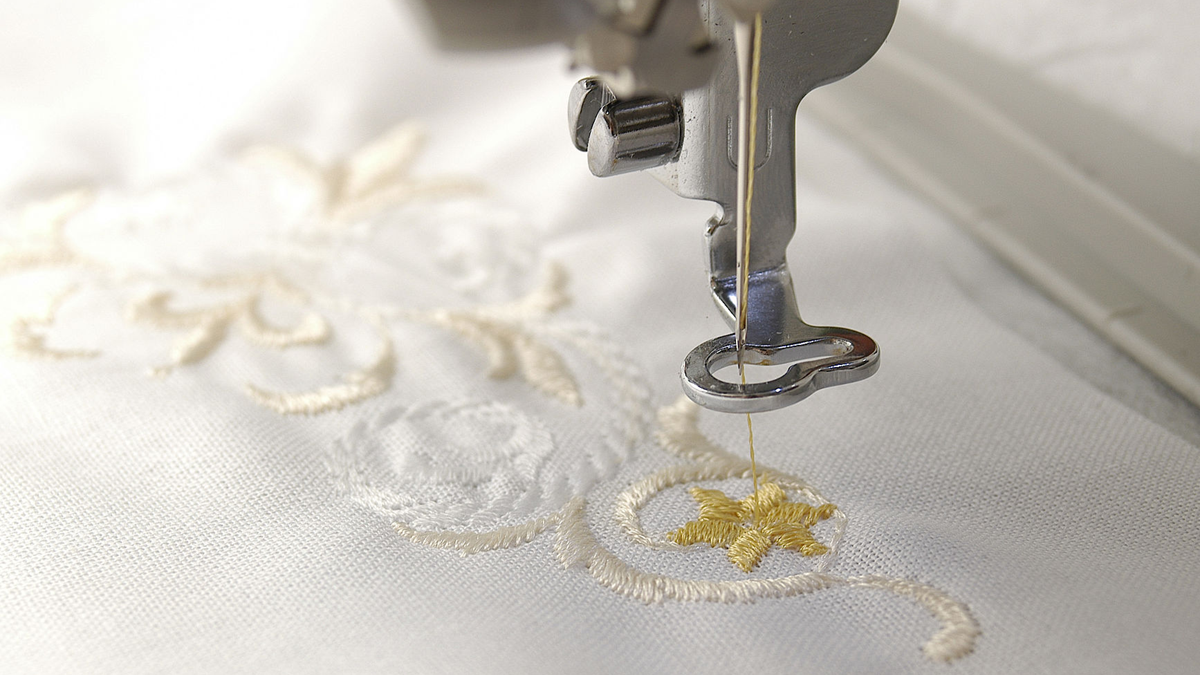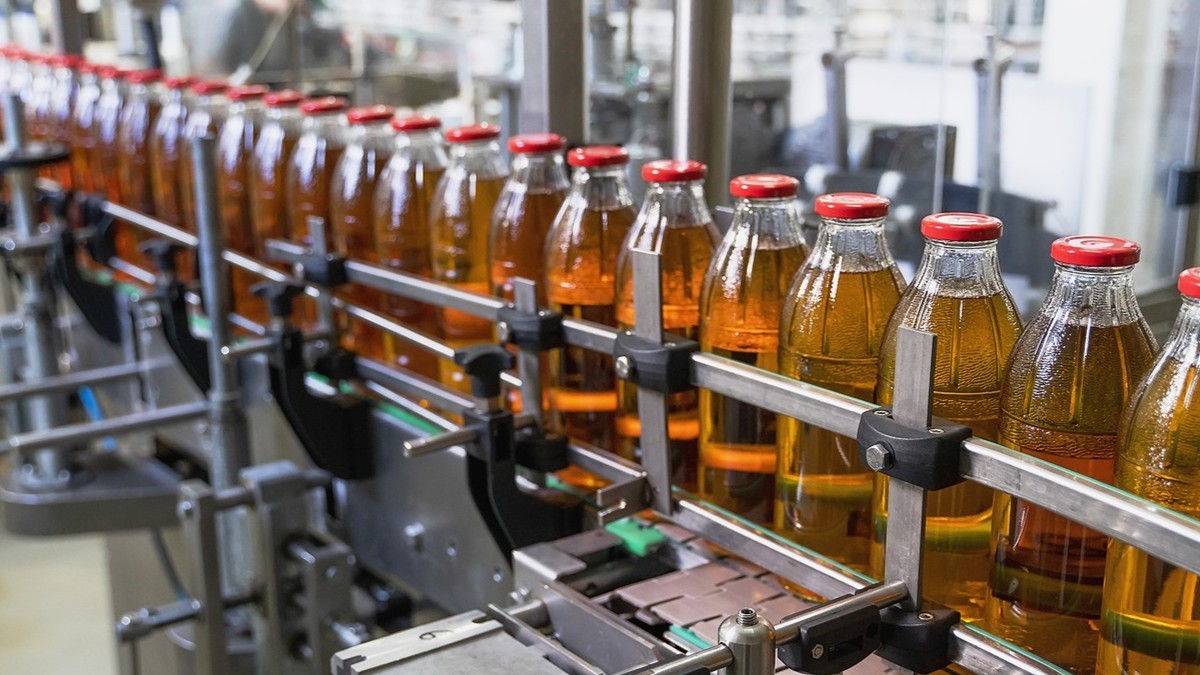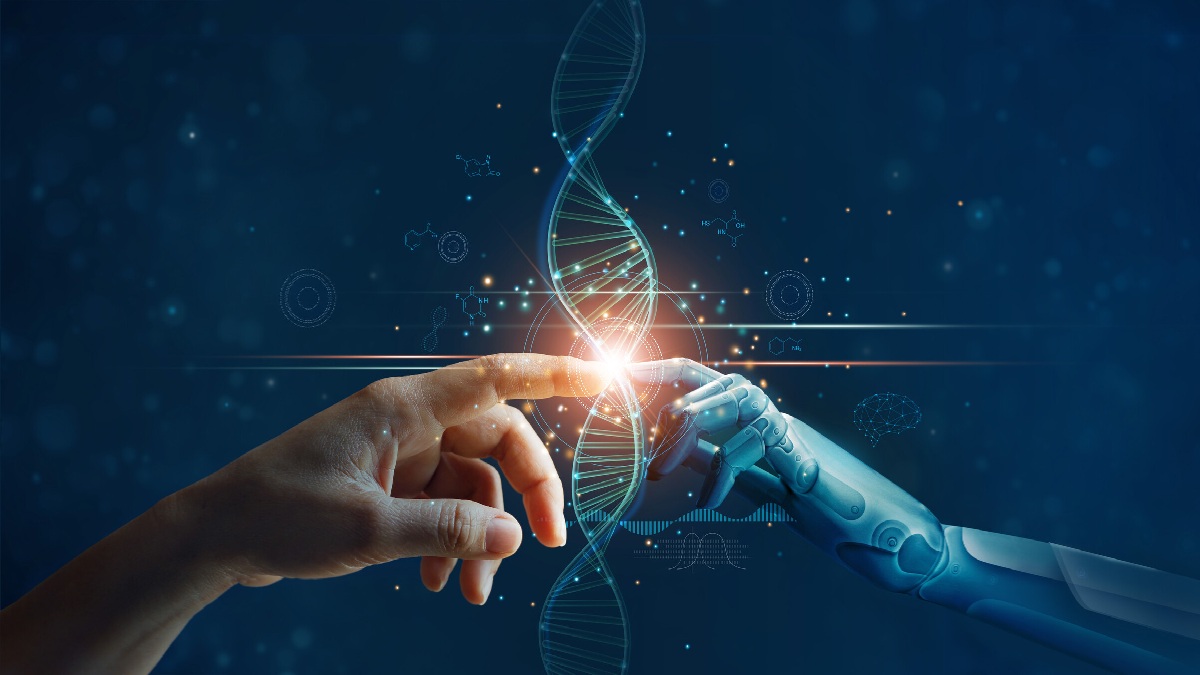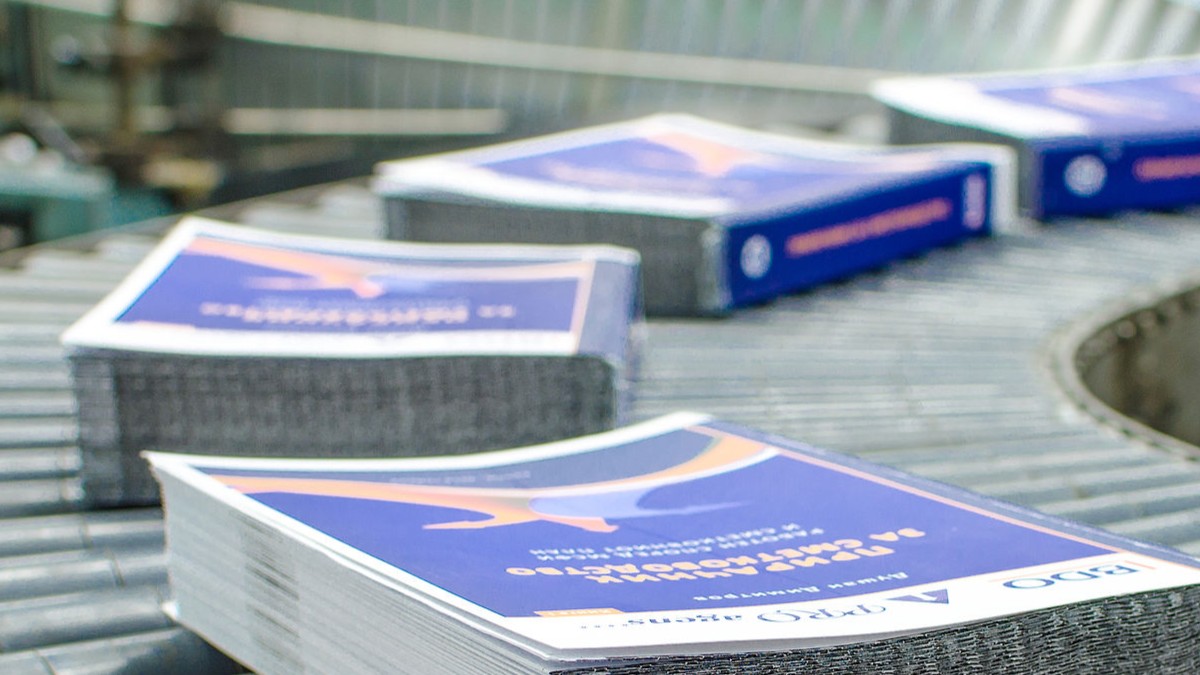Green Manufacturing, also known as environmentally conscious manufacturing, is a manufacturing model that considers environmental impact and benefits.
Green manufacturing, also known as Environmentally Conscious Manufacturing or Manufacturing for Environment, etc. This refers to a modern manufacturing model that comprehensively considers the environmental impact and resource benefits. Its goal is to minimize the negative impact on the environment during the entire product life cycle from design, manufacturing, packaging, transportation, use to disposal. The highest utilization rate of resources has been improved, and the coordination and optimization of the economic and social benefits of the enterprise. Green manufacturing, a modern manufacturing model, is the embodiment of human sustainable development strategy in modern manufacturing.
Green manufacturing technology refers to a modern manufacturing model that comprehensively considers the environmental impact and resource efficiency under the premise of ensuring product functions, quality, and cost. It minimizes or minimizes environmental pollution during the entire product life cycle from design, manufacture, use to scrapping, meets environmental protection requirements, is harmless or has minimal harm to the ecological environment, saves resources and energy, and maximizes resource utilization. Lowest energy consumption. The traditional manufacturing model is an open-loop system, that is, raw materials-industrial production-product use-scrap-secondary raw material resources. The entire life cycle from design, manufacturing, use to product scrapping has the least impact on the environment and the highest resource efficiency. That is to say, in the whole life cycle of the product, the environmental attributes of the product should be considered from system integration, and the original environmental protection method of the end treatment has been changed. In addition to the target requirements, the basic performance, service life, and quality of the product should be guaranteed.
The Technical Composition of Green Manufacturing
Green design
Green design means that in the design of the product and its life cycle, the impact on resources and the environment is fully considered, while the function, quality, development cycle and cost of the product are fully considered, all relevant design factors are optimized to make The overall impact of the product and its manufacturing process on the environment and resource consumption are minimized. This requires designers to have good environmental awareness, not only comprehensively consider the TQCS (Time, Quality, Cost, Service) attributes of the product, but also pay attention to the E attribute (Environment) of the product, that is, the greenness of the product.
Process planning
The process plan of the product manufacturing process is different, the consumption of materials and energy will be different, and the impact on the environment will be different. Green process planning is to study and adopt process plans and process routes with less material and energy consumption, less waste, low noise, and low environmental pollution based on the reality of the manufacturing system.
Material selection
Green material selection technology is a very complicated issue. There are no clear boundaries for green materials, and it is difficult to select them in practice. When selecting materials, one must not consider its greenness, but must also consider the product's function, quality, cost, noise, and other requirements. Reduce the use of non-renewable resources and scarce resources, and try to use various alternative materials and technologies.
Product packaging
Green packaging technology is to optimize product packaging schemes from the perspective of environmental protection to minimize resource consumption and waste generation. The current research in this area is very extensive, but it can be roughly divided into three aspects: packaging materials, packaging structure, and packaging waste recycling. Today's major industrial countries in the world require packaging to comply with the "3R1D principle" (Reduce, Reuse, Recycle, Degradable). The basic tasks and objectives of Taiwan’s packaging industry development propose that packaging products develop in the direction of green packaging technology, implement green packaging projects, and take green packaging technology as the focus of the development of the packaging industry, develop paper packaging products, and develop various moisture-proof, alternative to plastic films. For fresh-keeping paper packaging products, appropriately develop easy-to-recycle metal packaging and high-strength thin-walled light-weight glass packaging, and research and develop plastic recycling processes and products.
Recycling
After the product life cycle ends, if it is not recycled, it will waste resources and cause environmental pollution. Current research believes that environmentally-oriented product recycling is a systematic project, and this issue must be fully considered from the beginning of product design, and systematically classified. After the product's life is over, there can be a variety of different treatment options, such as reuse, reuse, and disposal. The treatment costs and recycling values of various options are different. Various options need to be analyzed and evaluated to determine the best recycling. The treatment plan to obtain the highest recovery value at the least cost.
Green management
Try to use modular and standardized parts and components to strengthen the dynamic testing, analysis, and control of noise. After the international environmental protection standard ISO14000 is officially promulgated and implemented, it will become an important factor to measure product performance. A set of a scientific, reasonable green management system is imperative.
Utilization of equipment
In many domestic factories, you can see many idle and discarded equipment piled up there, embroidered. How to deal with these equipment has become a major problem facing enterprises, through transformation to make them play a role again, to maximize the use of resources. At present, for many manufacturers, depreciation costs from machinery still account for a large part of the cost. How to recreate the utilization of equipment so that capital gains are not diminishing but increasing.
The research content of green manufacturing
-
Green design
- Propose green design theories and methods, establish a green product design index evaluation system, propose green design tools, and integrate with other design tools (such as CAD, CAE, CAPP, etc.) to form an integrated environment.
- Select several typical products in conjunction with enterprises and establish demonstration sites for green manufacturing of products.
- Provide a complete set of recyclable and detachable technologies for automobiles, and integrate with enterprises to establish demonstration sites.
-
Main research content
- Establishment of the model of green product design evaluation system
- Green product design theory and method: conduct a comprehensive and systematic study of the connotation of green products from the perspective of the life cycle, and propose green product design theories and methods.
- Description and modeling technology of green products: Based on green product design theories and methods, describe green products, establish a green product evaluation system, and quantify all environmental-related process inputs and outputs during the product life cycle and evaluation, comprehensively evaluate the relationship between economic and environmental impact in the product life cycle, and establish a mathematical model.
- Green product design database: establish a basic database of materials, energy, air, water, soil, and noise emissions related to green products to provide a basis for green product design.
- Integration of the green design system for typical products: collect and organize environmental-oriented design materials for specific products, form design guidelines for guiding design, establish a green product system design tool platform, and integrate with other design tools (such as CAD, CAE, CAPP, etc.) Integration to form an integrated design environment.
- Cleaner production technology of green products
- Resource-saving production technology: This project mainly starts research from three aspects: reducing the energy consumed in the production process, reducing the consumption of raw materials, and reducing other consumption in the production process.
- Environmentally oriented production technology: The main research is to reduce pollution in the production process, including reducing waste in the production process, reducing toxic and harmful substances (wastewater, exhaust gas, solid waste, etc.), and reducing noise and vibration.
- Product packaging technology: Packaging is the last link in the production process. Product packaging forms, packaging materials, and product storage and transportation must all consider environmental factors.
- The product can be disassembled and recyclable technology
- Product detachability technology: propose product detachability evaluation methods, propose product detachability evaluation index system, carry out detachable structural module division, and interface technology research.
- Product recyclable technology: propose a system for identifying and classifying recyclable parts and materials, and carry out research on parts reuse technology, including the repair and testing of recyclable parts, to make them meet product design requirements, and carry out reuse technology and material reuse Technical research.
- Noise control technology of electromechanical products
- Sound source identification, noise and sound field measurement, dynamic test, analysis, and display technology
- Calculation method and program for sound radiation of machine structure
- Machinery structure vibration and vibration control technology
- Low-noise optimization design technology
- Low noise structure and materials
- New vibration and noise reduction technology
- Green manufacturing technology for environment, energy, and materials
- Environment-oriented green manufacturing technology: Research on related technologies that enable products to meet the requirements of environmental protection such as water, gas, and solid waste reduction, vibration, and noise reduction during use.
- Energy-oriented green manufacturing technology: research energy consumption optimization technology, energy control process optimization technology, etc. to achieve the purpose of saving energy and reducing pollution.
- Material-oriented green manufacturing technology: research on non-toxic and harmless technology of materials, for polymer materials, research on green technology for recycling of waste polymer materials, polymer filter materials-functional membrane materials, glass fiber felt reinforced thermoplastic composite materials, etc. Technology to improve the environmental performance of existing materials, etc.
Related technologies of green manufacturing
Nanotechnology
The so-called nanotechnology is the limit of micromachining technology. That is the technology of artificially forming nano-sized structures through nano-precision processing standards. When the material is crushed to the nanometer level and made into "nanomaterials", not only light, electricity, heat, and magnetism change, but also have many new characteristics such as radiation, absorption, and adsorption, which can completely change the current industrial structure. As nanotechnology leads to the miniaturization of products and reduces the required resources, it not only achieves the sustainable development goal of "low consumption and high efficiency", but also its cost is extremely low. The alternating mechanical force generated by its collision and friction will Greatly reduce noise pollution will be effectively controlled. The lubricant developed by using nanotechnology can not only form a semi-permanent solid film on the surface of the object, produce an excellent lubricating effect, greatly reduce the noise of the machine and equipment, but also extend its service life. Nanomaterial coating can greatly improve the performance of shielding electromagnetic waves and ultraviolet rays.
Dry processing
At present, the main application field of dry machining is the machining industry, such as cutting and grinding. As the name suggests, dry processing is a processing method that does not use any coolant during the processing. Dry processing simplifies the process, reduces costs, and eliminates a series of problems caused by the coolant, such as waste liquid discharge and recycling. At present, there are strict regulations in foreign countries that restrict the use of certain cutting fluids. In developed countries such as the United States and Germany, the use of dry cutting technology is strongly advocated. At present, it is no problem to use dry cutting to process cast iron materials. Using ceramic and CBN tools, during high-speed and large-feed processing, heat will quickly accumulate to the front of the tool, making it red hot. When the workpiece is heated to a certain temperature, Its yield strength is reduced, and a higher metal removal rate can be obtained. Seeking the most suitable dry cutting tool, workpiece, machine tool, and the best match of their parameters is the current focus.
Thermal process simulation technology
Thermal processing technology simulation and optimization design technology are to apply simulation, experimental testing, and other means to simulate the material processing process in a realistic environment and show the evolution of the shape, size, internal organization, and defects of the material during the processing. A brand-new technology for predicting the quality of its tissue performance and achieving the purpose of optimized process design. Using process simulation technology to combine numerical simulation, physical simulation, and expert system, it is possible to determine the best process parameters, optimize the process plan, predict possible defects and preventive measures in the process, to effectively control and ensure the processing of the workpiece quality.
Web-based agile manufacturing
Agile manufacturing, or AM for short, is flexible and fast manufacturing. It is a production management system that integrates flexible production technology, high-skilled labor, and flexible management, and can quickly respond to rapidly changing (and unpredictable) market demands and timing. Its characteristics are: to organically connect enterprises with customers and suppliers as a whole, improve product development speed, reduce development costs, extend product life cycle, break the direct relationship between cost and batch size, quickly communicate, and maximize mobilization People’s enthusiasm and creativity, virtual manufacturing technology, and network technology are combined to achieve decentralized networked manufacturing.
Near net shape technology and defect-free forming technology
Near-net forming technology refers to the forming technology of mechanical components that only need a small amount of processing or no longer processing after the parts are formed. Near net shape manufacturing technology includes casting, welding, plastic processing, etc. At present, it is developing from approaching the shape of the part to directly making the workpiece, that is, precision forming or net forming. Some of these workpieces can be used directly or slightly processed to form products so that the consumption of raw materials and energy can be greatly reduced. Near net shape is usually combined with near defect-free forming technology for mass production.
The continuous emergence of new manufacturing technologies
Now for the manufacturing technology itself, the boundaries between various disciplines and professions are no longer so obvious. From the product design to the product processing technology, processing process, quality inspection, final assembly, and packaging, these intermediate links The boundaries of the company have gradually faded and disappeared and gradually become integrated. For example, the emergence of CAD, CAPP, and CAM has integrated design and manufacturing. Now launching a new type of technology-rapid prototyping part manufacturing technology (RPM), RPM technology is directly driven by the CAD model to quickly manufacture 3D entities of arbitrarily complex shapes, mechanical engineering, CAD, NC, laser, materials, etc. The product of multi-disciplinary interpenetration and intersection, its design breaks through the traditional processing technology, adopts the principle of material "removal" and adopts the principle of "addition and accumulation", which is a new revolution in manufacturing technology. Representative technologies include layered solid manufacturing and fusion deposition manufacturing.
Problems with green manufacturing
Renewal and transformation of old machine tools
A particularly prominent problem in the disposal of old machine tools is the poor recovery and reuse of waste or idle equipment. Many factories and plants are often covered with rusty old equipment, such as CNC machine tools, machining centers, FMS, CIMS, and even network processing. Advanced manufacturing systems coexist with a large number of old machine tools from the 1950s and 1960s. Renovating and making good use of these old equipment is a problem we face.
Waste of materials and energy
The waste of energy and raw materials in the machinery manufacturing industry is more obvious. There are chips, small parts and oil pollution all over the floor. The energy and raw materials consumed by China from raw materials to products are dozens of times higher than those in advanced countries such as the United States and Japan.
Weak awareness of environmental protection
Some small and medium-sized enterprises still have serious environmental pollution.
Low product recycling rate
The production model we have followed for a long time is: open cycle from production to circulation to consumption to waste. Green manufacturing advocates a closed cycle production model, that is, adding a recycling link to the original production model. Manufacturers are in the product design and manufacturing process. We must fully consider the issue of recycling.
Green manufacturing process
Less cutting process advantage
Using precision casting, cold extrusion, direct deposition and other forming technologies, the development from close to the shape of the part to precision forming and profiling, and free forming manufacturing instead of cutting, which saves the energy and material consumption of traditional blank manufacturing. It also saves a lot of raw materials and shortens the production cycle.
Dry cutting process
Dry cutting is a processing method that does not use cooling lubricants during processing. This can eliminate a large number of pollution problems caused by the cutting fluid during processing, obtain clean and pollution-free chips, save a large amount of cutting fluid, and also save a lot of costs for processing the pollution caused by the cutting fluid.
Advanced manufacturing technology
Adopting advanced modern manufacturing technology is an effective way to realize green manufacturing. Such as lean production (LP), agile manufacturing (AM), virtual manufacturing (VM) and digital manufacturing (DM).
Noise reduction and control
In machinery manufacturing workshops, especially forging workshops, strong noise during the production process is a major problem of environmental pollution. Therefore, noise must be controlled and reduced. Technical measures include: do a good job of dynamic balance of rigid rotating bodies such as flywheels; add elastic bushings between bearings and bearing seats, use hot die forging presses, and eliminate steam hammer forging presses; The sound-proof cover adopts a non-impact formwork with oil shock absorber, etc.
Research on Green Packaging
Green packaging refers to packaging that uses packaging materials and products that are non-polluting to the environment and human body, recyclable or renewable. First, product packaging must be simplified as much as possible to avoid excessive packaging. Make the packaging reusable many times or easy to recycle. And will not produce secondary pollution. In a world atmosphere that values environmental protection, green packaging plays an increasingly important role in sales.
Green packaging technology is to optimize product packaging solutions from the perspective of environmental protection to minimize resource consumption and waste generation. Green packaging technology mainly studies the three aspects of packaging material selection, improvement of packaging structure, and packaging waste recycling.
Research on product use and after-use disposal
Mainly focus on extending the product life cycle and reducing energy waste and environmental pollution in use. Energy-saving design is conducive to reducing energy waste and environmental pollution in product use. Research by the German Federal Environment Agency shows that at least 11% of the electricity consumed by German homes and offices is consumed by equipment in standby mode. The U.S. Department of Energy estimates that the U.S. pays about $1 billion in electricity bills for standby televisions and video recorders each year. Standby power consumption has caused widespread scrutiny in society. Therefore, in the design stage of the product, sufficient attention should be paid to the energy consumption caused by its use. At present, regarding the standby power consumption of home appliances, people have studied new switching power supplies and "green chips". They aim at green design, which can greatly reduce the power consumption of many power supplies when they switch to idle standby mode.
Development status of green manufacturing technology
Current situation abroad
Government departments of many foreign countries have launched "green plans" with the theme of environmental protection. In 1991, Japan launched the "Green Industry Plan" and the Canadian government has begun to implement the "Green Plan" for environmental protection. The United States, Britain, and Germany have also launched similar programs. At present, in some developed countries, in addition to a series of environmental protection measures adopted by the government, consumers have been keen to purchase environmentally sound products and the new trend of green consumption has promoted the development of green manufacturing. The green label system for products has been established one after another. Any product marked with a "green label" graphic indicates that the entire process from production to use and recycling of the product complies with the requirements of environmental protection, is harmless or has minimal harm to the ecological environment, and is beneficial to resources. Recycling and recycling provide conditions for companies to open up sales and participate in international market competition. For example, since the German water-soluble paint was awarded the environmental label (green label) in 1981, its trade volume has increased by 20%. Germany currently has 60 types of 3,500 products awarded with environmental labels. Countries such as France, Switzerland, Finland and Australia implemented environmental labels on products in 1991. Japan implemented environmental labels on products in 1992, and Singapore and Malaysia also started in 1992. Implement environmental labels. At present, more than 20 countries have implemented environmental labels on products, thus promoting the development of "green products" in these countries and gaining more positions and shares in the international market competition. International economic experts believe that the current proportion of "green products" is about 5 to 10%. In another 10 years, all products will enter the green design family, which can be recycled, easily disassembled, and components or complete machines can be refurbished and recycled. In other words, in the next 10 years, green products may become the leading products in the world commodity market.
Chinese domestic research foundation
With the support of the National Science and Technology Commission, the National Natural Science Foundation of China and relevant departments, some domestic universities and research institutes have conducted extensive research and exploration on green manufacturing technology. The Institute of Mechanical Sciences has completed the "Ninth Five-Year Plan" project of the National Science and Technology Commission, the selection of cleaner production technology and the establishment of the database, the machinery industry fund project, the development trend of green design technology and the study of countermeasures. Around nine industries in the machinery industry, the research on the demand for green technology and the development trend of green design technology has been conducted. For the first time in China, a green design technology development system suitable for the machinery industry has been proposed, and vehicle disassembly and recycling technologies have also been researched. Currently, the National Natural Science Foundation of China project "Research on Environmental Green Technology Evaluation System". Taking the environmental protection green technology evaluation system as the research carrier, introduce ETV evaluation technology into the green design and green manufacturing of the machinery manufacturing industry, and establish the green concept, description method and ETV evaluation system of the manufacturing industry. To create a green university, Tsinghua University has listed green engineering technology as a priority development and support project.
The development trend of green manufacturing
- Globalization: The research and application of green manufacturing will increasingly reflect the characteristics and trends of globalization
The global characteristics of green manufacturing are reflected in many aspects, such as:
- The impact of manufacturing on the environment often transcends space. Humans need to unite to protect the only earth they share.
- The successive promulgation of ISO14000 series standards has laid a good foundation for the global research and application of green manufacturing, but some standards need to be further improved, and many standards still need to be studied and formulated.
- With the formation of globalized markets in recent years, market competition for green products will be globalized.
- In recent years, many countries require imported products to be certified for greenness and have a "green mark". In particular, some countries have formulated extremely harsh product environmental indicators to restrict the entry of international products into the Chinese market on the grounds of protecting their environment, that is, setting "green trade barriers". Green manufacturing will provide Chinese companies with technical means to improve the greenness of their products, thereby providing strong support for Chinese companies to eliminate international trade barriers and enter the international market. This also illustrates the characteristics of globalization from another perspective.
- Socialization: A social support system for green manufacturing needs to be formed
The research and implementation of green manufacturing requires the joint efforts and participation of the whole society to establish the social support system necessary for green manufacturing.
The social support system involved in green manufacturing is primarily a question of legislation and administrative regulations. At present, the laws and administrative regulations in this area are not yet able to form favorable support for green manufacturing behaviors, and the punishment for the opposite behaviors is insufficient. Legislative issues have now received more and more attention from various countries.
Second, the government can formulate economic policies and use market economy mechanisms to guide green manufacturing. For example: formulating effective resource price policies, using economic means to strictly control non-renewable resources and resources (such as trees) that have an impact on the environment after being mined although renewable resources, so that companies and people have to minimize direct use This type of resources, in turn, seeks to develop alternative resources. Another example: urban car exhaust pollution is a very serious problem. The government can determine the level of exhaust emissions during the annual inspection of each car and charge a high amount of pollution exhaust emission fees. In this way, cars with large exhaust emissions naturally have no market, and the market mechanism will force car manufacturers to produce green cars.
If an enterprise wants to implement green manufacturing effectively, it must consider the processing after the end of product life, which may lead to the formation of a new integrated relationship between the enterprise, product, and user. For example, some people suggest that users only buy the right to use the main products that need to be recycled, such as cars, freezers, air conditioners, televisions, etc., while the company has the ownership and is responsible for recycling after the products are scrapped.
Whether it is the legislative and administrative regulations involved in green manufacturing and the economic policies that need to be formulated, or the new integrated relationship between enterprises, products, and users that green manufacturing needs to establish, they are all very complex issues, including a large number of them. Related technical issues need to be studied in depth to form the social support system needed for green manufacturing. These are also important components of the future research content of green manufacturing.
- Integration: will pay more attention to the research of system technology and integration technology
Green manufacturing involves the whole process of the product life cycle and all aspects of enterprise production and operation activities, so it is a complicated system engineering problem. Therefore, to implement green manufacturing effectively, we must consider and study the relevant issues in green manufacturing from the perspective of system and integration.
At present, the integrated functional target system of green manufacturing, the integration of product and process design and material selection system, the integration of user requirements and product use, the integration of problem areas of green manufacturing, the integration of information in the green manufacturing system, the process integration of green manufacturing, etc. The research of integrated technology will become an important research content of green manufacturing.
Another aspect of the integration of green manufacturing is that the implementation of green manufacturing requires an integrated manufacturing system. To this end, the concept of a green integrated manufacturing system was proposed, and a system framework of a green integrated manufacturing system was established: the system includes management information system, green design system, manufacturing process system, quality assurance system, material energy resource system, and environmental impact assessment The system has 6 functional sub-systems, computer communication network system and database/knowledge base system, 2 supporting sub-systems and external connections. Green integrated manufacturing technology and green integrated manufacturing system will likely become the focus of green manufacturing research in the future.
- Parallelization: Green concurrent engineering may become an effective model for green product development
Green design will remain a key technology in green manufacturing in the future. An important trend of green design in the future is the combination with concurrent engineering, thus forming a new product design and development model of green concurrent engineering.
Green concurrent engineering, also known as green concurrent design, is a new model of modern green product design and development. It is a systematic method that designs the product and its entire life cycle in an integrated and parallel manner, and strives to enable product developers to consider all factors from concept formation to product disposal in the entire life cycle of the product from the beginning of the design. Including quality, cost, schedule, user requirements, environmental impact, resource consumption, etc.
Green concurrent engineering involves a series of key technologies, including the collaborative organization model of green concurrent engineering, collaborative support platform, green design database and knowledge base, design process evaluation technology and methods, and green concurrent design decision support system. Many technologies need to be further studied in the future.
- Intelligence: artificial intelligence and smart manufacturing technology will play an important role in green manufacturing research
The decision-making target system of green manufacturing is the integration of the existing manufacturing system TQCS (namely, time to market, product quality, product cost and services provided to users) target system with environmental impact E and resource consumption R, forming the TQCSRE decision-making target system . To optimize these goals is a very complex multi-object optimization problem that is difficult to deal with by general mathematical methods, and artificial intelligence methods are needed to support the processing. Besides, both the green product evaluation index system and evaluation expert system require artificial intelligence and smart manufacturing technology.
Artificial intelligence technologies based on knowledge systems, fuzzy systems and neural networks will play an important role in green manufacturing research and development. For example, in the manufacturing process, use an expert system to identify and quantify the relationship between product design, material consumption and waste generation; use these relationships to compare the impact of product design and manufacturing on the environment; use knowledge-based principles to select practical Materials, etc.
- Industrialization: The implementation of green manufacturing will lead to the formation of several emerging industries
Green manufacturing will lead to the formation of several emerging industries. In addition to the waste recycling equipment manufacturing industry and waste recycling service industries that everyone has noticed so far, there are two other categories of industries that deserve special attention:
- Green product manufacturing industry: The manufacturing industry continues to research, design and develop various green products to replace traditional products that consume resources and have greater environmental impact, which will enable this industry to continue to thrive.
- The software industry that implements green manufacturing: To implement green manufacturing, companies need a large number of tools and software products, such as supporting software for green design (computer-aided green product design system, green process planning system, green manufacturing decision-making system, product life Periodic evaluation system, ISO14000 international certification support system, etc.) will promote the formation of a new type of software industry.




.jpg)
